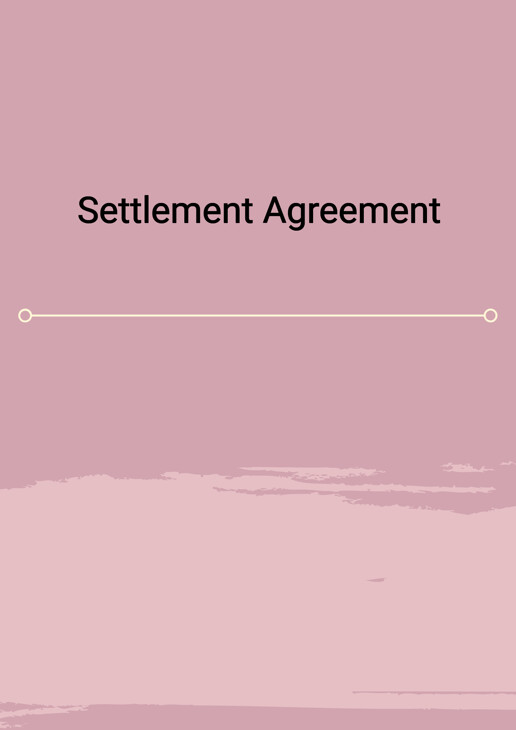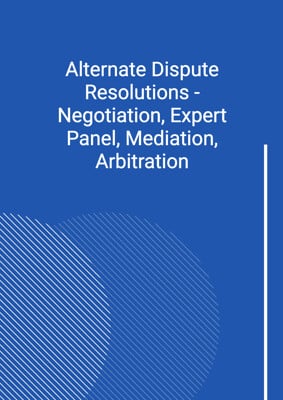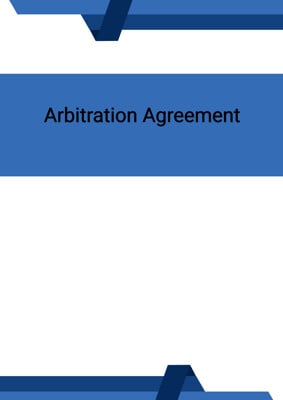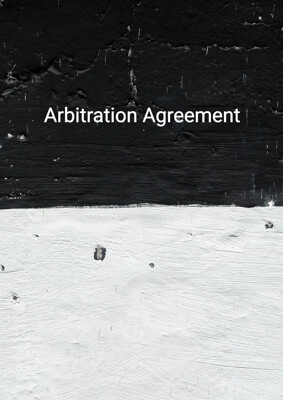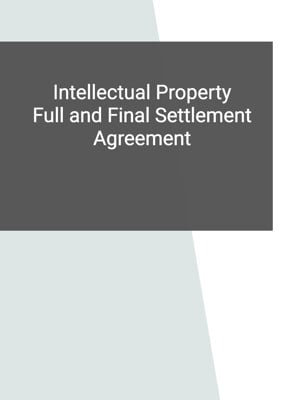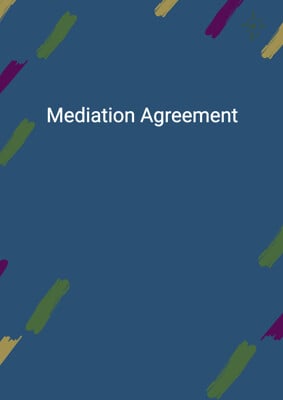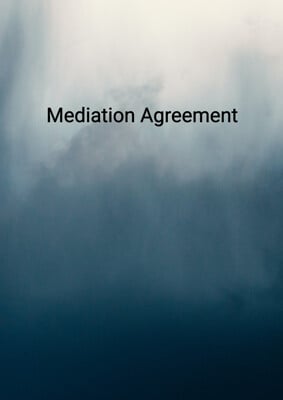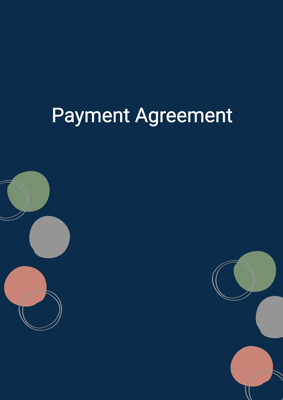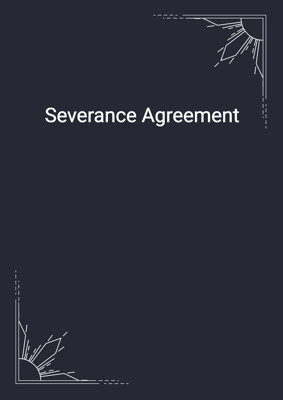How to Tailor the Document for Your Need?
01
Create Document
Fill in the details of the parties. You can click the "Fill with Member’s Information" button to complete it with information saved to your account.
02
Fill Information
Please fill in any additional information by following the step-by-step guide on the left hand side of the preview document and click the "Next" button.
03
Get Document
When you are done, click the "Get Document" button and you can download the document in Word or PDF format.
04
Review Document
Please get all parties to review the document carefully and make any final modifications to ensure that the details are correct before signing the document.
Document Preview
Document Description
The Settlement Agreement is a legal document that outlines the terms and conditions for settling a claim between two parties, namely the employee and the company. It is important because it provides a clear and formal resolution to the dispute, avoiding the need for further legal proceedings. The document begins with a brief introduction, stating the names and addresses of the parties involved, as well as the background information regarding the employment agreement and the claim filed against the company. The settlement agreement consists of several clauses, each addressing specific aspects of the settlement.
Clause 1 states that the company will pay a specified settlement amount to the employee in exchange for the performance of certain obligations. Clause 2 clarifies that apart from the settlement amount, the employee is not entitled to any other payments or benefits from the company. Clause 3 specifies the method of payment, stating that the company will deliver a lawyer's cheque or cashier's order to the employee as a full and final settlement. Clause 4 outlines the actions the employee must take, including adjourning the hearing of the claim, withdrawing the claim, and providing a copy of the withdrawal notice to the company.
Clause 5 addresses the termination of the employee's employment with the company, stating that it will end on a specified termination date. The employee is required to return all company property by the termination date and is bound by the confidentiality and restrictive covenants outlined in the employment agreement. Clause 6 states that the settlement agreement is the full and final settlement of all claims and disputes related to the claim. Clause 7 confirms the release and discharge of the company from all liabilities, except those expressly stated in the settlement agreement. Clause 8 highlights that the employee has received independent legal advice and agrees to submit a certificate from their legal practitioner.
Clause 9 emphasizes that the settlement agreement does not constitute an admission of wrongdoing by the company. Clause 10 imposes a confidentiality obligation on the employee, prohibiting them from disclosing the terms of the agreement to anyone other than their spouse and lawyer(s). Clause 11 states that the settlement agreement supersedes any prior agreements between the parties. Clause 12 includes a severability clause, ensuring that if any term or condition is deemed invalid, the rest of the agreement remains enforceable. Clause 13 states that each party will bear their own costs, and Clause 14 confirms that the settlement agreement is binding on assignees and successors. Finally, Clause 15 addresses the jurisdiction of the agreement and Clause 16 states that the agreement will be executed in counterparts.
In summary, the Settlement Agreement is a comprehensive document that provides a detailed framework for resolving a claim between an employee and a company. It covers various aspects such as payment, termination of employment, confidentiality, and release of liabilities. By signing this agreement, both parties can achieve a fair and amicable settlement without the need for further legal action.
How to use this document?
1. Review the settlement agreement carefully, ensuring that you understand the terms and conditions outlined.
2. Provide the necessary information, including the names and addresses of the parties involved, as well as the claim number and court name.
3. Determine the settlement amount and ensure that it is clearly stated in the agreement.
4. Confirm that apart from the settlement amount, the employee is not entitled to any other payments or benefits from the company.
5. Arrange for the delivery of the settlement amount to the employee, either through a lawyer's cheque or a cashier's order.
6. Take the necessary steps to adjourn the hearing of the claim, including notifying the court and agreeing on a new date.
7. Withdraw the claim by delivering the prescribed notice to the court, indicating that the parties have reached a settlement.
8. Provide a copy of the signed withdrawal notice to the company within two days of the withdrawal.
9. Ensure that the employee's employment with the company terminates on the specified termination date.
10. Collect and return all company property by the termination date, including records, correspondence, and documents.
11. Abide by the confidentiality and restrictive covenants outlined in the employment agreement even after the termination date.
12. Acknowledge that the settlement agreement is the full and final settlement of all claims and disputes related to the claim.
13. Obtain independent legal advice from a legal practitioner regarding the rights and implications of entering into a settlement agreement.
14. Submit a signed copy of the certificate from the employee's legal practitioner to the company.
15. Maintain confidentiality regarding the terms, amount, and existence of the settlement agreement, sharing this information only with your spouse and lawyer(s).
16. Understand that the settlement agreement does not constitute an admission of wrongdoing by the company.
17. Keep a copy of the settlement agreement for your records, ensuring that all parties have signed it.
18. Remember that the settlement agreement is binding on assignees and successors, ensuring its enforceability even in the event of changes in ownership or management.
19. Adhere to the jurisdiction clause specified in the settlement agreement.
20. Execute the settlement agreement in counterparts, with each counterpart having the same effect as the others.
Not the right document?
Don’t worry, we have thousands of documents for you to choose from:
